The emergency response Drone Industry reached a pivotal moment this week as Seattle-based BRINC secured $75 million in new funding while simultaneously forming a strategic alliance with public safety communications giant Motorola Solutions. This development marks one of the most significant partnerships yet between Drone Technology and traditional emergency response infrastructure.
Bridging Two Worlds of Emergency Technology
The alliance between Brinc and Motorola Solutions represents more than just another funding announcement in the drone sector. It creates a technological bridge between BRINC’s specialized emergency response drones and Motorola’s entrenched position in public safety communications.
What makes this partnership particularly noteworthy is the integration between BRINC drones and Motorola’s existing emergency response ecosystem. The drones will now work with Motorola’s APX radios, VESTA 911 call management systems, Computer-Aided Dispatch, and Real-Time Crime Center Software (CommandCentral Aware). This level of integration means drones can potentially be dispatched automatically through existing emergency response workflows.
The practical implication is significant: emergency responders will be able to deploy drones “at the press of a button on a radio” according to the announcement, potentially reducing response times in critical situations.
The Public Safety Drone Market Matures
BRINC’s funding round, led by Index Ventures with participation from Motorola Solutions and individual investors like Figma founder Dylan Field and Mike Volpi, comes at a time when the emergency drone sector is moving from experimental adoption to mainstream implementation.
The company claims its technology is already used by over 600 public safety agencies and more than 10% of SWAT teams across the United States. This level of penetration suggests emergency response drones are no longer just a novelty but becoming a standard tool in public safety operations.

Supply Chain as Competitive Advantage
In an era where global supply chains remain vulnerable, BRINC’s vertical integration strategy stands out. The company maintains its R&D and production facilities in the United States and controls its entire supply chain, which likely appeals to public safety agencies concerned about technology security and reliability.
This approach contrasts with many drone manufacturers who rely heavily on international component sourcing and assembly, potentially facing regulatory scrutiny when working with sensitive public safety applications.
The Bigger Picture for Emergency Response
The integration of drone technology into emergency response represents a fundamental shift in how agencies approach dangerous situations. The emphasis on “tactical de-escalation” mentioned in BRINC’s announcement aligns with broader conversations about public safety response methods.
By providing aerial intelligence before human officers enter high-risk environments, these systems could potentially reduce direct confrontations in volatile situations. However, this technological approach to de-escalation also raises important questions about oversight, privacy, and the appropriate use of automated systems in public safety contexts.
As emergency response drones move from specialized units to widespread deployment, these conversations will likely intensify among public safety professionals, policy makers, and the communities they serve.
Discover more from DroneXL.co
Subscribe to get the latest posts sent to your email.

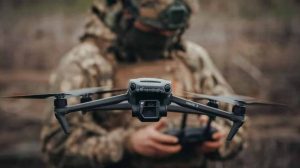




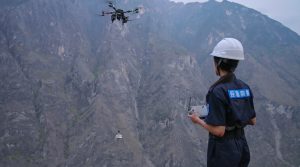
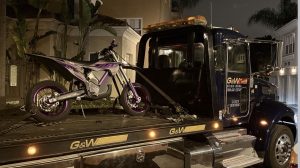








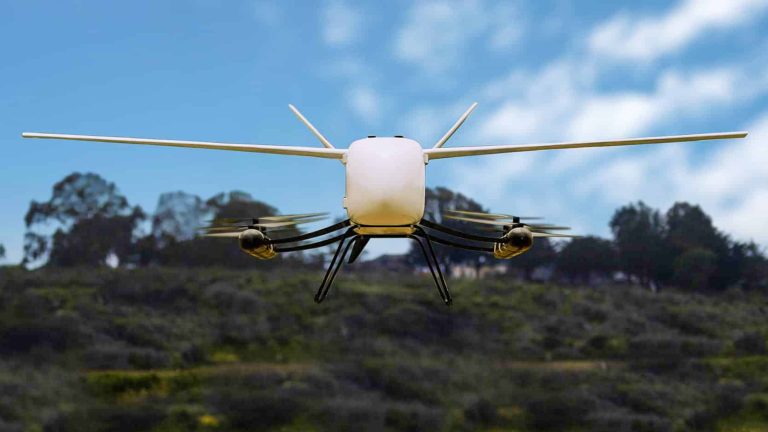

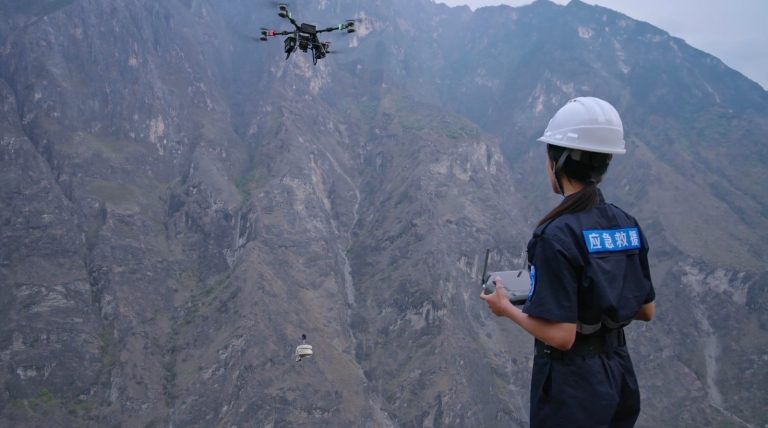

+ There are no comments
Add yours